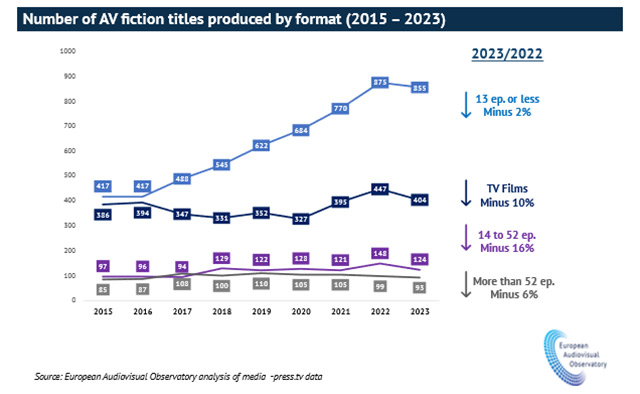Bussiness
Industry calls for clarity on Europe’s new entry scheme – The Business Travel Magazine

ABTA and the BTA are urging the European Union to provide clarity on its new entry and exit scheme due to come into force next month.
There are widespread concerns about a lack of awareness of the scheme and the impact it might have at entry and exit points.
The scheme requires travellers to register their passport, facial image, fingerprints and answer a number of questions when arriving at their destination.
Facial image and fingerprint data will be taken every three years and are valid for multiple trips within that period.
The system will apply when entering all EU member states, except for Cyprus and Ireland, as well as four non-EU countries in the Schengen Area – Iceland, Lichtenstein, Norway and Switzerland.
The system is due to be launched on November 10 but there have been reports that the date could be delayed as some EU member states won’t be ready in time.
There are fears the additional procedures could cause longer queues at passport control and confusion for travellers, although in the first six months border officials will have some flexibility to manage the flow of people.
At its Convention in Greece this week, ABTA Director of Public Affairs, Luke Petherbridge, said: “While we believe awareness is increasing, there is still a fair way to go before the majority of travellers fully understand how the new EU Entry/Exit System will change their passport control experience when travelling to Europe.
“That’s perhaps unsurprising given that we’re still waiting for official confirmation of when the scheme will go live. It’s difficult to talk to a customer about a new system without knowing if it will actually be in place for their holiday.
“So, we are urging the EU to provide clarity on when EES will go live, and to make sure the changes are clearly communicated to travellers.”
Speaking to The Business Travel Magazine, BTA CEO Clive Wratten said: “Readiness in the business travel sector is probably better than in the leisure sector, but like all these things the real awareness only comes about when it’s real and active.
“It’s about education and I have requested that the UK Government produce some collateral aimed at business travellers as everything, so far, has been leisure focussed.
“For example, if you are UK citizen flying into Europe from the US the EES still applies, but the Government only talks about when you leave the UK to go to Europe.”
While EES checks for air passengers will be completed at the arrival airport, in the cases of Eurostar, Eurotunnel and ferry ports, the checks will take place when passing through French border control in the UK.
Eurostar is investing €10 million to expand its London base at St Pancras station to install kiosks and staff to process EES data.
Wratten said the BTA shares concerns over the potential for significant delays at UK departure points, particularly at St Pancras.
“This is something we will continue to brief our members and their clients on,” he said.
Next year, another scheme, ETIAS, will be introduced which requires visitors from 60 visa-free countries, including the UK, to obtain a new electronic travel authorisation to enter 30 European countries.
Visitors aged 18 to 70 will need to pay €7 for the ETIAS, which will be valid for three years.
The UK will introduce its own Electronic Travel Authorisation (ETA) scheme to all visitors (currently not requiring a visa) from April 2025.










